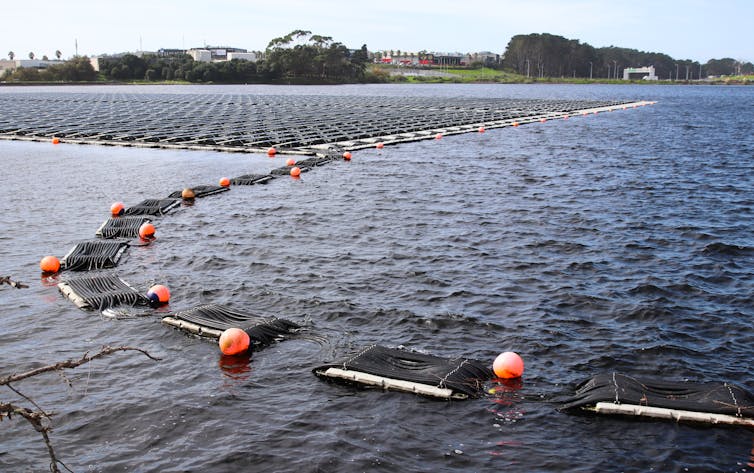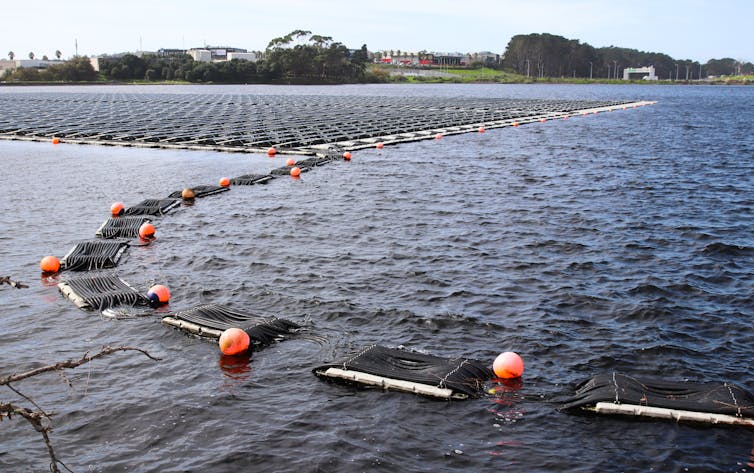Do we need a European DARPA to cope with technological challenges in Europe?

The US Defense Advanced Research Projects Agency (DARPA) is often held as a model for driving technology advances. For decades, it has contributed to military and economic dominance by bridging the gap between military and civilian applications. European policymakers frequently reference DARPA in discussions, as outlined in the 2024 Draghi Report, but an EU equivalent has yet to materialise. To create such an agency, the governance and management of European innovation programmes would need drastic changes.
DARPA supports disruptive innovation
Founded in 1958, DARPA operates under the US Department of Defense (DoD) with a straightforward mission: to fund high-risk technological programmes that could lead to radical innovation. DARPA provides support throughout the innovation process, focusing on environments where new uses for technology must be invented or adapted. Although part of the DoD, DARPA funds projects that promise technological and economic superiority whether they align with current military priorities or not. DARPA has backed projects like ARPANET, the precursor to the internet, and the GPS. Today, DARPA shows interest in autonomous vehicles for urban areas and new missile technologies.
As part of its core mission, DARPA accepts high financial risks on exploration projects and makes long-term commitments to these projects. Many emblematic successes explain why DARPA is a reference agency. However, the list of failed projects is even longer. Both failures and successes feed the exploration process in emerging industrial sectors. They represent opportunities to learn together and build collective strategies in innovation ecosystems.
Five key principles of DARPA
DARPA’s success stems not just from its stability but from adhering to five organisational principles that allow it to explore deep tech in an open innovation context:
Independence: DARPA operates independently from other military services, research & development centres and federal agencies, allowing it to explore options outside dominant research paradigms. While cooperation is possible, its decisions and directions are not influenced by other parts of the federal administration.
Agility: The agency’s flat organisational structure minimises bureaucracy. Its independent decision-making processes and streamlined contracting allow it to pivot quickly, test new concepts and collaborate with academic or private sector partners. Agility also enables DARPA to test new exploration or experimentation methods that are often based on user-centric approaches. Potential military or civilian end-users are involved very early in innovation projects to discuss potential uses and applications. This approach has recently led DARPA to absorb the Strategic Capabilities Office (SCO), where officers from the different military services (Army, Air Force, Navy and Marines) and all military ranks test new technological solutions (from different maturity levels), fostering co-creation processes with military innovators and expanding the agency’s impact.
Sponsorship: High-ranking executives within the DoD and other federal administrations (NASA, Department of Energy) endorse, but do not commission, DARPA’s projects. This sponsorship model increases a project’s potential impact and allows for swift adaptation if a project fails.
Community building: DARPA creates innovation communities with a mix of diverse expertise. By bringing different perspectives together, it fosters collective strategies essential for disruptive innovation.
Diverse leadership: Project managers come from a range of backgrounds, including civilian experts, military officers and private-sector professionals. All have demonstrated scientific and technological expertise and a solid capability to bridge dreams and foresight with reality. All have a perfect command of risk and complexity management. Managers serve three- to four-year terms focused on driving technological disruption and building new innovation ecosystems. Their diverse expertise sets DARPA apart from other federal agencies.
The challenge of a European DARPA
The Draghi Report on European competitiveness suggests that a European DARPA could help bridge technological gaps, reduce dependencies and accelerate the green transition. However, implementing this model would require a seismic shift in how European agencies operate. Creating a new agency would be ineffective without ensuring that all principles underlying the success of DARPA are implemented in Europe.
Even if Europe actively promotes deep tech and devotes significant budgets to it, European public policies and ways of working prevailing in national and European agencies are hardly consistent with the DARPA model. European agencies do not have much autonomy in their decisions about the exploration of new ventures or human resource management. They clearly demonstrate an outcome-focused orientation inconsistent with DARPA’s approach to risk.
Two main challenges
European agencies often lack the stable missions, scope and ambition seen at DARPA. The European Space Agency (ESA), the European Defence Agency (EDA) and Eurocontrol highlight the difficulties in developing cohesive, cross-border innovation ecosystems. A European DARPA would require a unified ambition among EU member states, a challenging feat given the institutional and geopolitical divides within Europe. The debates around the European Defence Fund illustrate how complex it is to reach consensus on shared objectives and funding.
Adopting DARPA’s five organisational principles would represent a cultural revolution for European agencies in relation to EU bureaucratic norms and the budgetary controls of individual member states. Implementing these changes would also disrupt the existing power balance between countries. The DARPA model is inconsistent with the European “fair returns” model that refers to proportionality rules between funding, research operations and then industrial repartition during the production phase between member states in each project. The DARPA model would only focus on existing competencies, excellence, risk-taking approaches and entrepreneurial mindsets.
Establishing a European DARPA would require a fundamental rethinking of public policy management in Europe. Its success would depend on whether European stakeholders are willing to adopt DARPA’s core principles, including its independence, agility and willingness to accept failure. Creating an agency is one thing; ensuring it adheres to the structures that make DARPA effective is another. The question remains: Is Europe ready for this transformation?
The European Academy of Management (EURAM) is a learned society founded in 2001. With over 2,000 members from 60 countries in Europe and beyond, EURAM aims at advancing the academic discipline of management in Europe.
![]()
David W. Versailles has received funding from the French Ministry of Defence to develop this research.
Valérie Mérindol has received funding from the French Ministry of the Armed Forces to develop this research.















